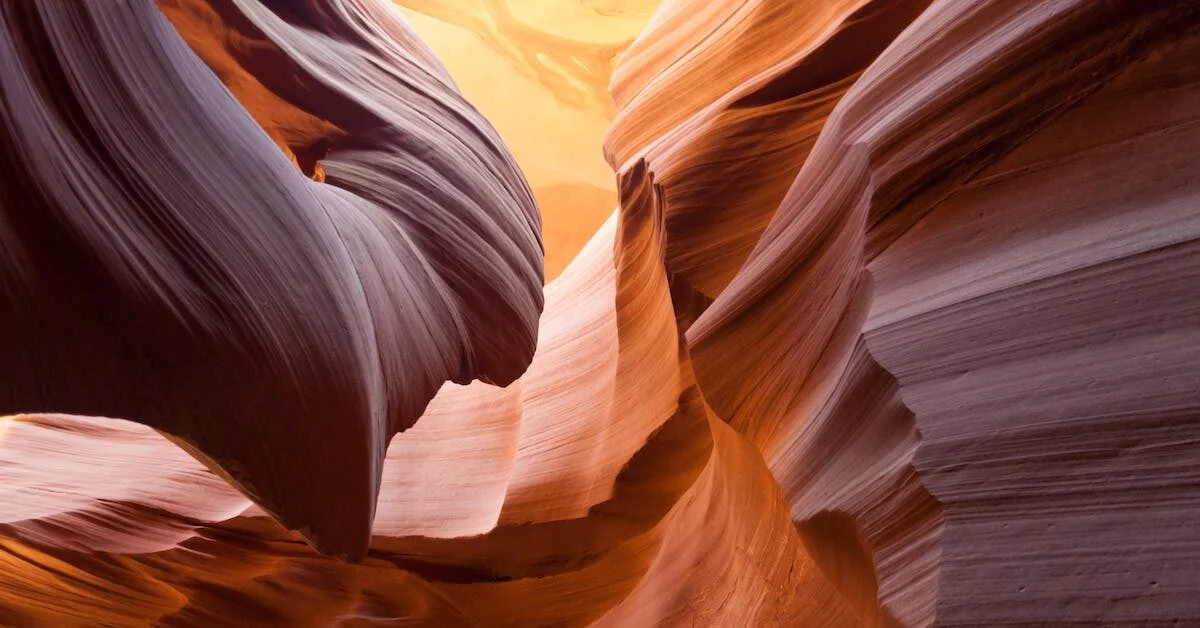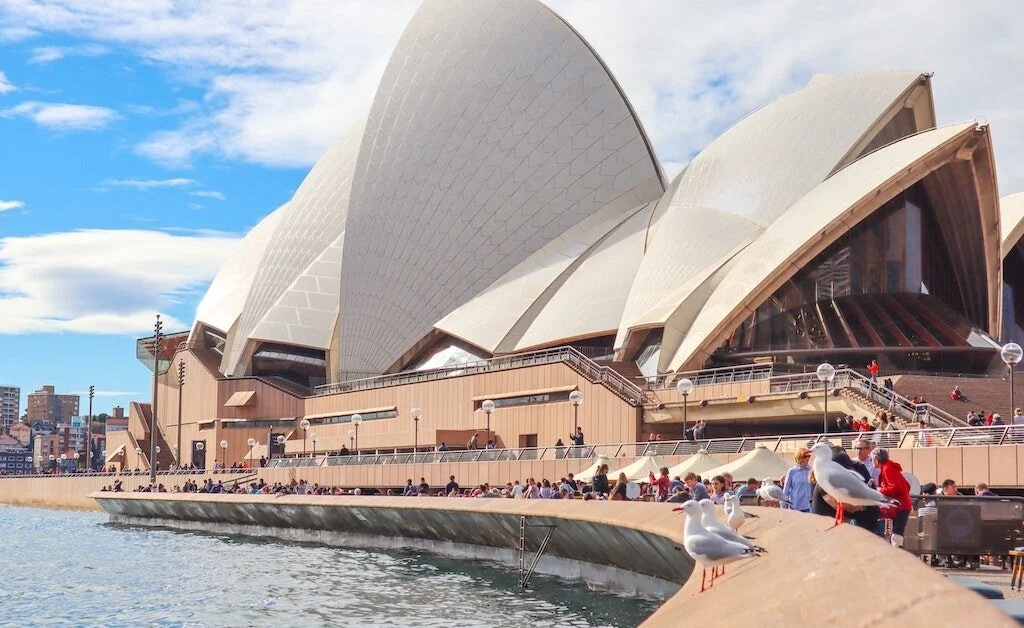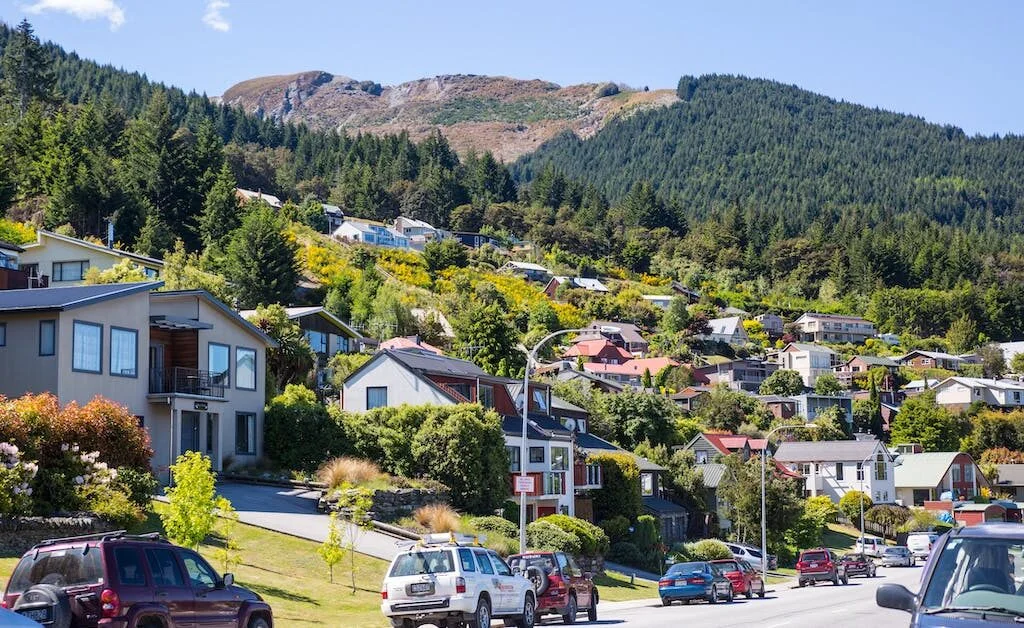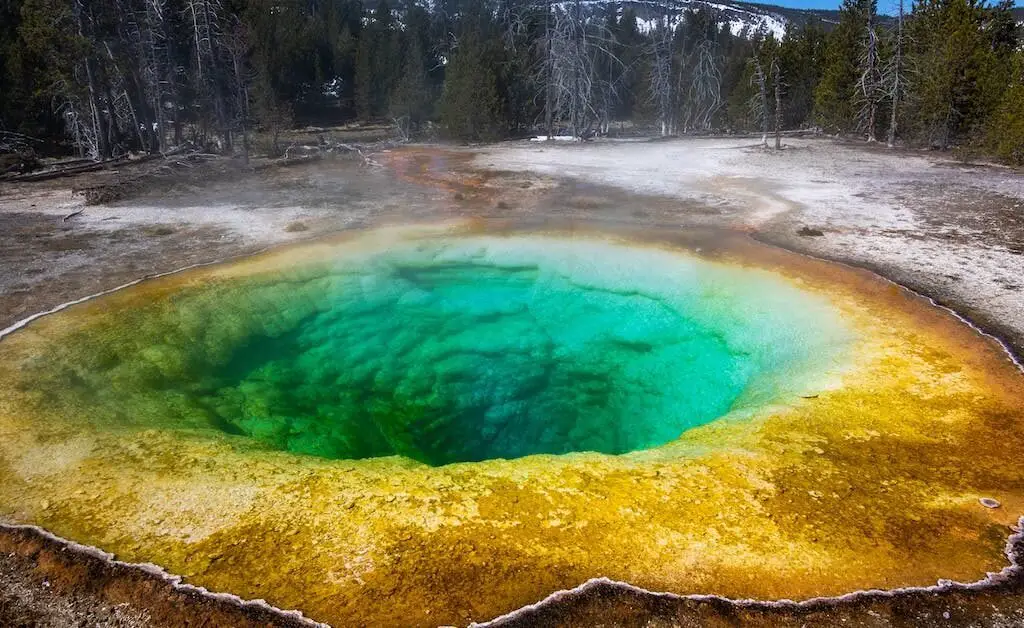Antelope Canyon, nestled in Arizona’s embrace, stands as a natural wonder etched by the artistry of wind and water. Its allure lies not only in its sandstone formations but also in the interplay of light, carving a mesmerizing canvas of colors and shadows. Chose the best time to visit Antelope Canyon, becomes imperative for an immersive experience.
The journey through Antelope Canyon is as much about understanding its geological marvels as it is about embracing the dance of natural light within its sinuous walls. Whether you choose the Upper or Lower Antelope Canyon, each presents its own spectacle, beckoning visitors to explore their unique charm.
This comprehensive guide seeks to unravel the intricacies of timing your visit to Antelope Canyon. It delves into the seasonal nuances, weather dynamics, and visitor trends to help you pinpoint the perfect window for your expedition. Beyond simply advising on the best time to visit Antelope Canyon, it equips you with practical insights, ensuring a memorable and seamless exploration.
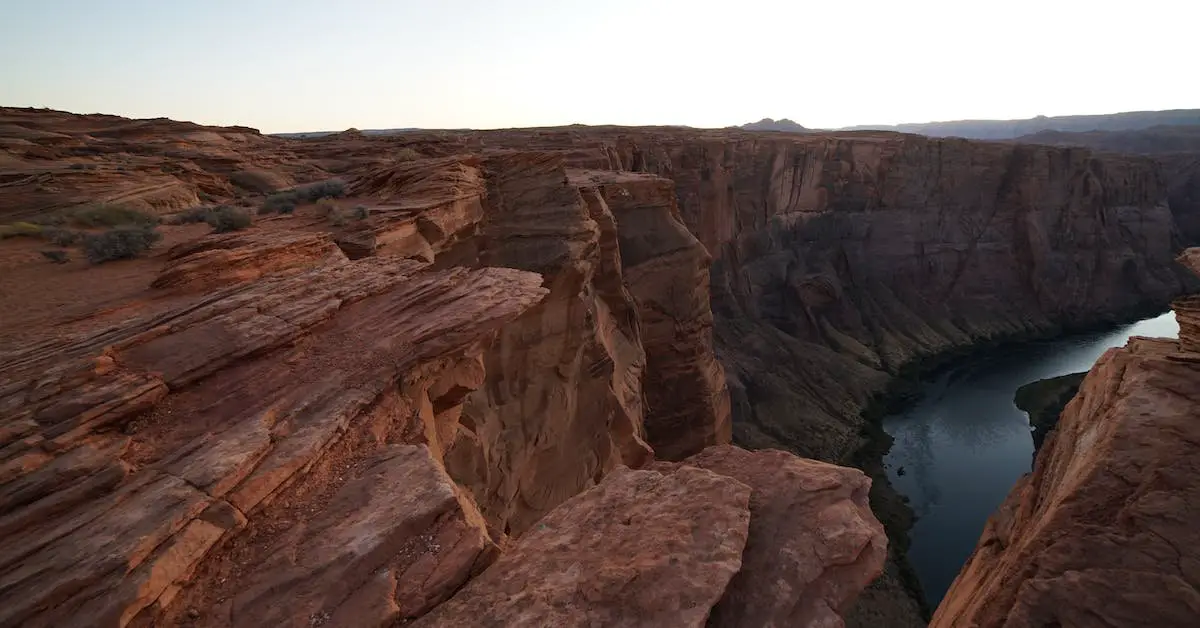
Understanding Antelope Canyon
Antelope Canyon stands as a testament to the relentless sculpting forces of water and wind over centuries. It’s a slot canyon etched deeply into Navajo land, comprising two primary sections: the Upper and Lower Antelope Canyons.
The Upper Antelope Canyon, known as “Tsé bighánílíní” in Navajo, translates to “the place where water runs through rocks.” This segment captivates visitors with its towering walls that reach up to 120 feet, creating an ethereal interplay of light beams that filter through its crevices.
Conversely, the Lower Antelope Canyon, referred to as “Hazdistazí,” meaning “spiral rock arches,” offers a more immersive journey. Here, visitors traverse the winding passages and staircases, witnessing the canyon’s depths and vivid hues.
Both sections serve as gateways to a surreal world of sculpted sandstone, narrating the story of geological metamorphosis shaped by time and the elements. A tour through these canyons not only marvels at nature’s artwork but also honors the heritage of the Navajo people, who graciously guide visitors through their ancestral land.
Factors Influencing the Best Time to Visit Antelope Canyon
The opportune moment to visit Antelope Canyon hinges on several pivotal factors, each weaving into the tapestry of your experience:
1. Seasonal Dynamics
a. Spring and Summer (March to August)
These seasons boast extended daylight hours, ideal for witnessing the famed light beams that cascade into the canyon’s chambers. The colors intensify under the summer sun, enhancing the visual spectacle. However, this period attracts more tourists, necessitating early booking.
b. Fall (September to October)
As summer bids farewell, fall brings a gentle transition in weather. The crowds thin, offering a more serene exploration while retaining the vivid colors before the winter’s approach.
c. Winter (November to February)
Although daylight hours diminish, winter renders a quieter ambiance and more affordable accommodations. The soft light filtering through the canyon can still create a mesmerizing visual experience.
2. Weather Conditions
Arizona’s arid climate blesses visitors with generally stable weather. However, monsoon season (July to September) might introduce sporadic rainstorms, influencing tour availability and canyon accessibility.
3. Crowds and Tour Availability
Booking in advance becomes crucial, especially during peak seasons. Early mornings or late afternoons often offer quieter tours and a more intimate connection with the canyon’s splendor.
Identifying the Optimal Time to Visit
Choosing the perfect time for your Antelope Canyon adventure involves aligning personal preferences with the prevailing conditions:
1. Light Phenomena and Photography Enthusiasts
For photographers seeking the iconic light beams, late spring and early summer present the best opportunity. Midday tours, particularly in June and July, illuminate the canyon’s beauty, translating into stunning photographic compositions.
2. Serenity Seekers and Moderate Weather Aficionados
Fall, especially September and October, strikes a balance between fewer crowds and enchanting colors. The milder weather and reduced foot traffic create an idyllic setting for a more tranquil exploration.
3. Budget-Conscious Travelers
Winter, despite shorter daylight hours, appeals to those seeking cost-effective options. Reduced tourist influx translates to lower accommodation rates, making it an affordable yet captivating time to visit.
By aligning your priorities with the seasonal nuances and weather patterns, you can unlock a tailored Antelope Canyon experience that resonates with your preferences.
Exploring Seasonal Highlights
Each season in Antelope Canyon unveils distinct marvels, creating a diverse palette of experiences:
1. Spring (March to May)
Witness nature’s artistry as the canyon awakens to life. The light beams start becoming prominent, casting ethereal patterns onto the sandstone walls. Vibrant hues emerge, infusing the canyon with renewed energy.
2. Summer (June to August)
Embrace the pinnacle of light beam brilliance. Despite the scorching temperatures, the canyon radiates in a kaleidoscope of colors, a photographer’s paradise. Be prepared for crowds but savor the canyon’s resplendence.
3. Fall (September to November)
Fall gently paints the canyon with warm, earthy tones. The fading crowds and milder weather enhance the serenity, offering an intimate encounter with the canyon’s beauty.
4. Winter (December to February)
Though daylight hours shorten, the canyon’s tranquility amplifies. Experience the subtle beauty of softer light illuminating the walls, while relishing the quieter ambiance.
Planning Your Visit
Strategic planning ensures an enriching and hassle-free exploration of Antelope Canyon:
1. Advance Booking
Given its popularity, securing tour slots and accommodations in advance is paramount, especially during peak seasons.
2. Tour Timing
Opt for midday tours (around 11 am to 1 pm) for optimal light beam sightings. Early morning or late afternoon tours offer quieter experiences.
3. Weather Preparation
Anticipate weather changes and pack accordingly, especially during monsoon season. Sun protection, ample water, and appropriate attire are essentials.
4. Choosing the Right Tour
Select tours guided by knowledgeable Navajo guides who offer insights into the canyon’s cultural significance and geological marvels.
5. Accommodation Selection
Page, Arizona, situated close by, serves as an ideal base. Select accommodations suiting your preferences and budget, ensuring a comfortable stay.
Conclusion
Antelope Canyon, a natural masterpiece shaped by wind and water, mesmerizes visitors year-round. Each season unfurls its unique charm, offering diverse encounters with this geological wonder.
Selecting the best time to visit antelope canyon is a personalized endeavor, blending seasonal highlights, weather considerations, and individual preferences. Whether basking in the summer’s vibrant hues, relishing fall’s tranquility, or embracing winter’s serenity, each moment in the canyon evokes awe-inspiring experiences.
Strategic planning, coupled with an understanding of seasonal dynamics, empowers visitors to orchestrate an unforgettable journey. By aligning personal preferences with the prevailing seasonal characteristics, one can embark on a tailored expedition that harmonizes with the canyon’s splendor, ensuring an indelible connection with this natural marvel.
Read More: Best Time to Visit Queenstown: Your Ultimate Travel Guide
Frequently Asked Questions
Determining the best time to visit Antelope Canyon hinges on individual preferences and the desired experience. Spring and summer offer vibrant light beams, ideal for photographers and those seeking the canyon’s radiant allure. Fall and winter provide quieter visits with softer lighting, suited for tranquil explorations and fewer crowds.
Antelope Canyon’s rainy season, known as the monsoon season, spans from July to September. While rain during this period is intermittent, it can lead to sudden flash floods, posing potential dangers within the canyon. July marks the onset of the monsoon, with occasional heavy rainfall that could affect tour schedules and canyon accessibility.
Absolutely. An Antelope Canyon tour is more than a visit; it’s an immersive journey into a natural wonder shaped by millennia of geological processes. The canyon’s awe-inspiring sandstone formations and interplay of light and shadows create an unparalleled visual spectacle.
The choice between Lower and Upper Antelope Canyon depends on personal preferences and physical capabilities. Known for its iconic light beams and narrower passages, Upper Antelope Canyon appeals to photography enthusiasts seeking dramatic visuals. The canyon’s accessibility favors those seeking an easier walk without significant climbing.

